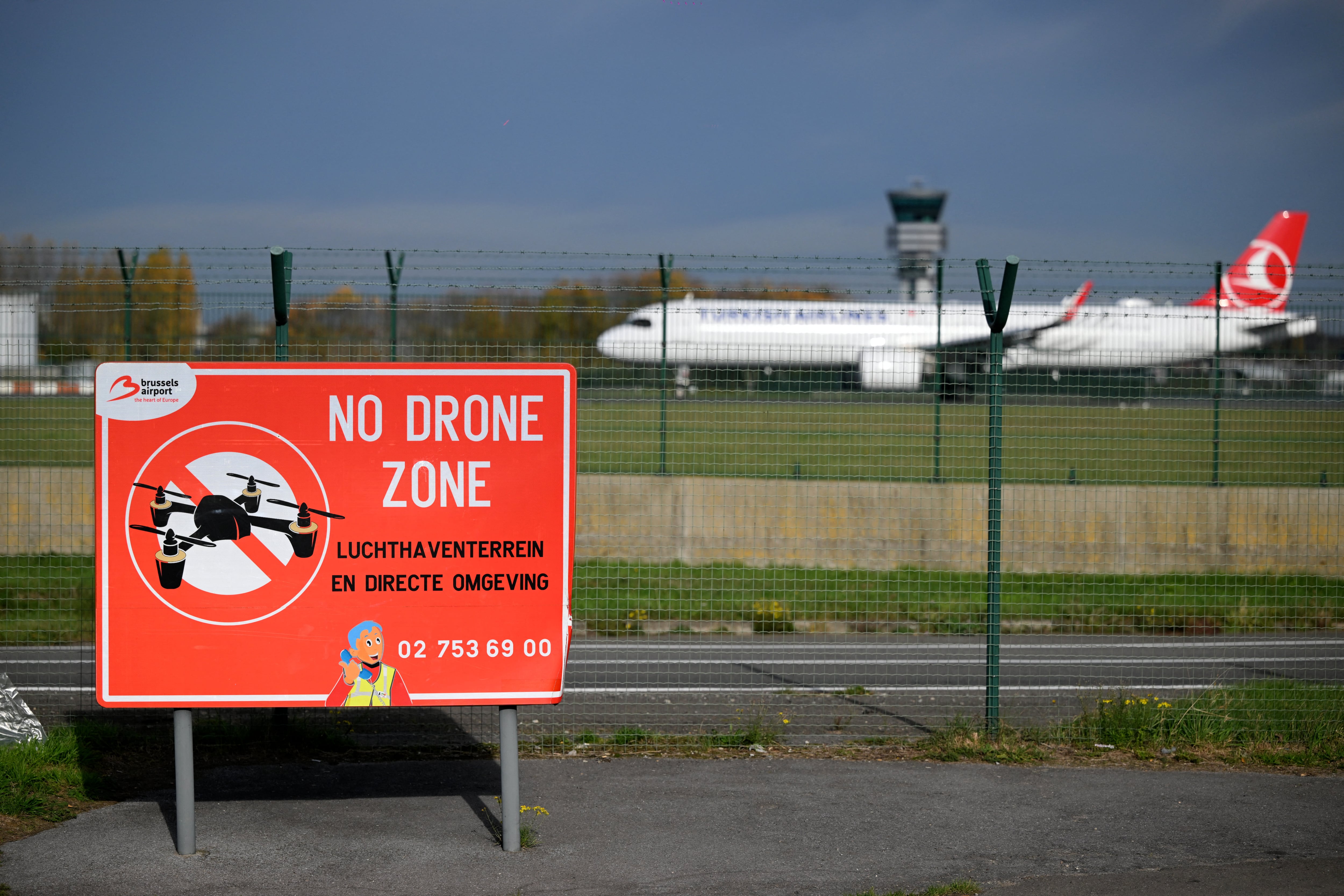After nearly two decades consumed by counter-insurgency campaigns, the Pentagon means what it says about elevating high-end conflict to the forefront of budget priorities.
As foreshadowed by the 2018 National Defense Strategy, the 2020 budget request outlines a wide range of new priorities and record-setting Research, Development, Test, and Evaluation funding. This expansion is part of a broader trend: from fiscal year 2016 through fiscal year 2019, RDT&E spending rose substantially by an 11 percent compound annual growth rate and has consistently outpaced the overall Department of Defense budget. This funding will peak at over $100 billion in 2020 with the first budget request designed to fully reflect the priorities of the NDS.
Yet despite the growth, there are expected to be fewer new development programs than in the past. Nearly 90 percent of the later stage research and development funding is already effectively spoken for by a handful of programs. These programs – such as Next Generation Air Dominance – will offer significant opportunity for some industry players, but they are competitive and limited in number.
Alternatively, future-oriented Science and Technology dollars – which are in essence early stage RDT&E – will be increasingly critical to shape outcomes, requirements, and program choices. Standing at nearly $16 billion overall in FY20, S&T funding is substantial, and there are many points of entry across the services, as well as DARPA. Yet, in years past it has been difficult to find clear-cut cases of this S&T translating into acquisition programs. As such, industry often considered S&T projects with the labs as afterthoughts, or at least not business development priorities.
With DoD’s emphasis on using new development models to bring promising technologies rapidly into the force, industry should now start to see an increasingly direct and strategic benefit from S&T contracts. Today, many Pentagon leaders are advocating a different innovation and procurement approach, in which new technologies are more quickly and frequently developed and inserted into platforms and programs – then upgraded regularly thereafter (not necessarily by the original prime contractor). This shift suggests that promising technologies generated at the S&T phase will be fast-tracked through (or around) the acquisition system to be integrated into existing programs (or become their own).
Given the wide range of lab activities, industry will need to actively identify and develop opportunities. Under Secretary of Defense for Research and Engineering Michael D. Griffin has listed five priority areas for his division and RDT&E spending generally: autonomy, cyber, directed energy, hypersonics, and next generation space. The stated top priorities will lead headlines and make up a significant portion of the FY20 S&T request.
A closer look at S&T spending, however, suggests that funding exists in many other places. To illustrate, there are more than 30 biotech labeled S&T programs across the services and DARPA. In a new white paper released today, we argue it is critical to investigate labs closely to uncover not only their current work but also their future unmet needs. There is ample leeway for industry to shape future programs and align its own RDT&E portfolios with military priorities and gaps.
The commercial sector also intends to be a promising source of rapid innovation, but there will naturally be limits to what those “non-traditional” companies can or will do. Faced with the uncertainties and limitations of widely adopting commercial technology, the Pentagon will still need to ensure that its own S&T pipeline plays a central role in building the future force.
Given this new reality, industry must increasingly utilize defense S&T successes to shape new acquisition programs or disrupt existing ones. Just as DoD is adopting more of a portfolio approach to RDT&E, so too should industry assess product investments collectively from an enterprise level, rather than as independent and unrelated initiatives. This means industry will need to:
• Align for the technologies of tomorrow: Coordinate among internal business development, technology, and strategy organizations. Establish an enterprise-wide strategy for S&T, as well as RDT&E more broadly.
• Unlock the black box: Develop a comprehensive understanding of how lab priorities align with the existing portfolio and pursuits. This should inform lab engagement and internal investments.
• Know the customer: Send “boots on the ground” to the labs and prioritize relationships with customers. Or consider strategic partnerships with companies that have strong lab relationships.
To be sure, the perennial challenges in defense acquisitions remain. Despite the many initiatives underway – including use of Other Transaction Authorities – to bring new technology directly into the force faster, the proverbial “valley of death” is still wide and deep.
Nonetheless, in this new acquisition environment industry cannot afford to maintain an arms-length and episodic approach to S&T projects and the labs. As the timeline from drawing board to lab to battlefield shortens, defense firms risk being left behind. Those companies that adapt to these new realities will be best positioned to reap the benefits.
Josh Pavluk is a principal at Avascent, where he advises clients on the global aerospace & defense, security, and public safety sectors. Sebastian Sobolev is the deputy director of Avascent Analytics, where he leads the development of quantitative and qualitative analytic tools that are used to support strategic planners in defense corporations and governments.








